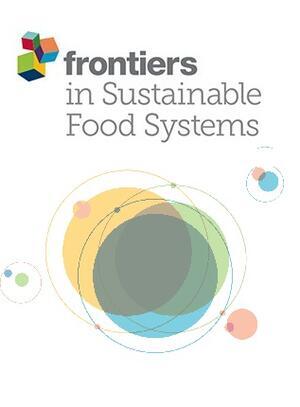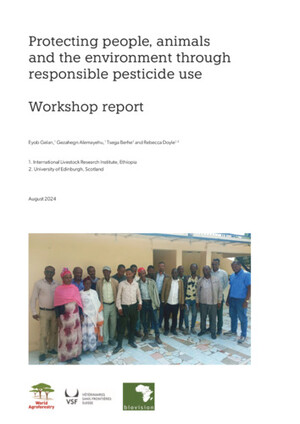
Creating a low enteric methane emission ruminant: What is the evidence of success to the present and prospects for developing economies?
Abstract
Enteric methane emissions from livestock constitute a greater part of anthropogenic greenhouse gases (GHGs) in Africa, than in more industrialised economies, providing a strong incentive for the development of low methane phenotype ruminants. Although dietary and husbandry options already exist for lowering methane production, means of changing ‘methane status’ of animals enduringly has a strong appeal. This paper is a critical review the empirical success to date of attempts to alter this status. Introduction of reductive acetogens, defaunation, anti-methanogen vaccines, early life programming and genetic selection at both the rumen and animal level are considered in turn. It is concluded that to date, there is little in vivo evidence to support the practical success of any of these strategies, save selective breeding, and this at a high cost with unknown efficacy. Finally, it is suggested that for developing economies management and nutritional strategies to reduce emissions will have the greatest and most immediate impact, at the lowest cost.
Citation
Goopy J.P. 2019. Creating a low enteric methane emission ruminant: What is the evidence of success to the present and prospects for developing economies? Animal Production Science 59(10):1769-1776.










